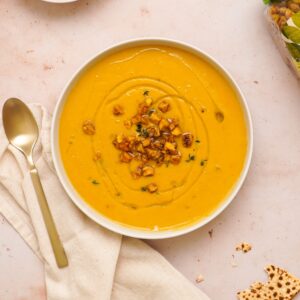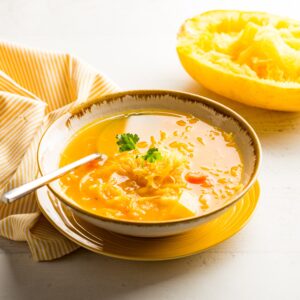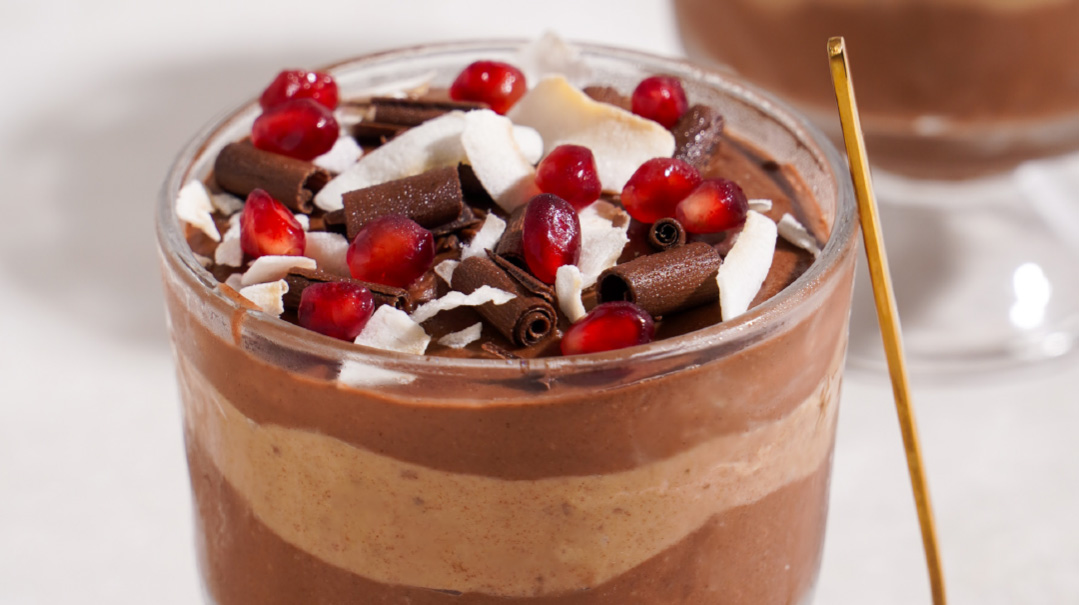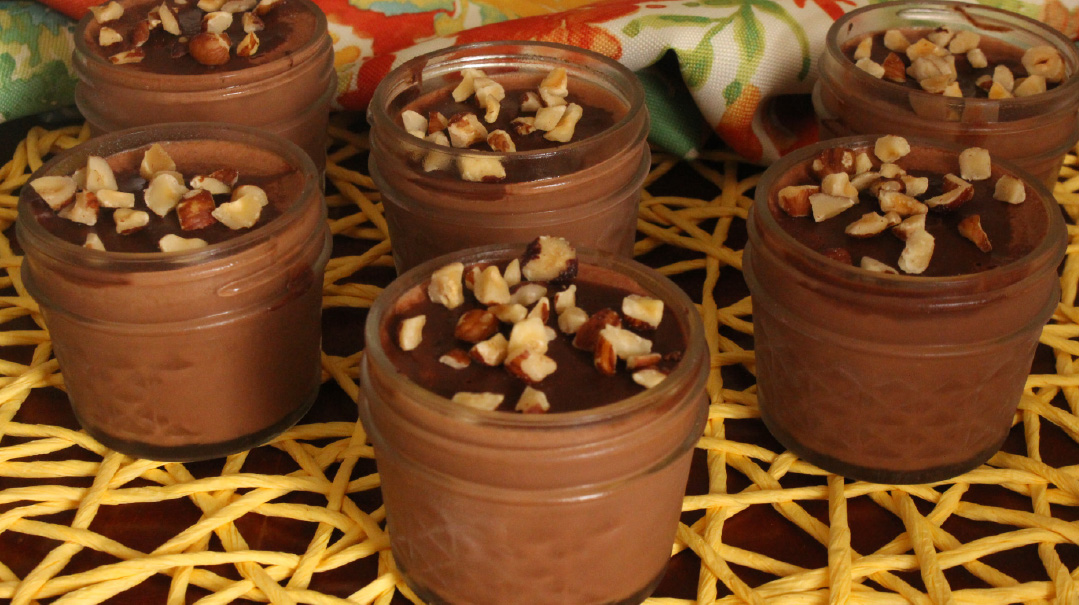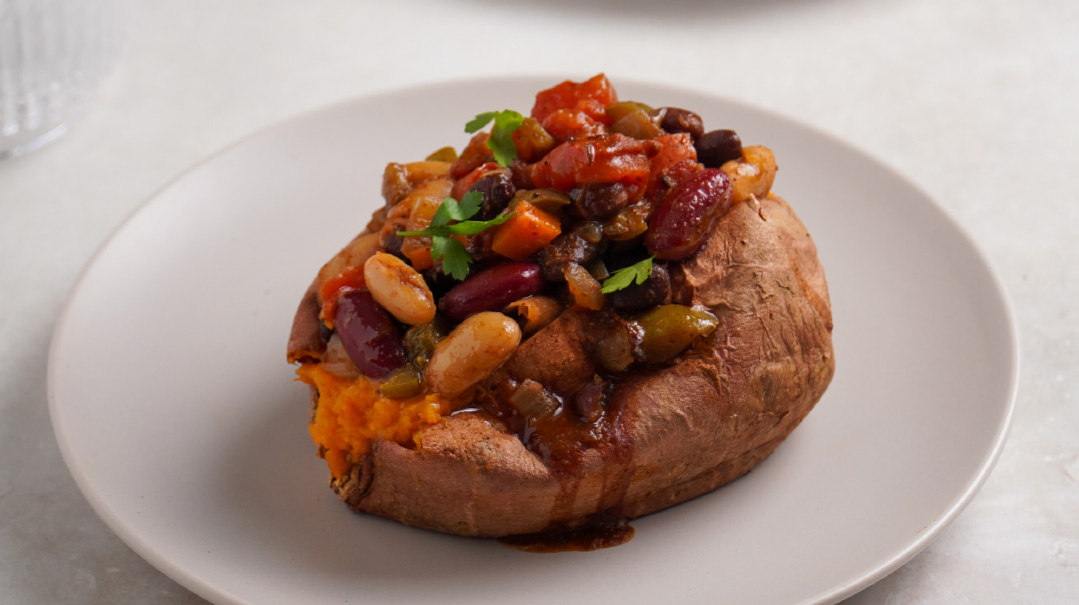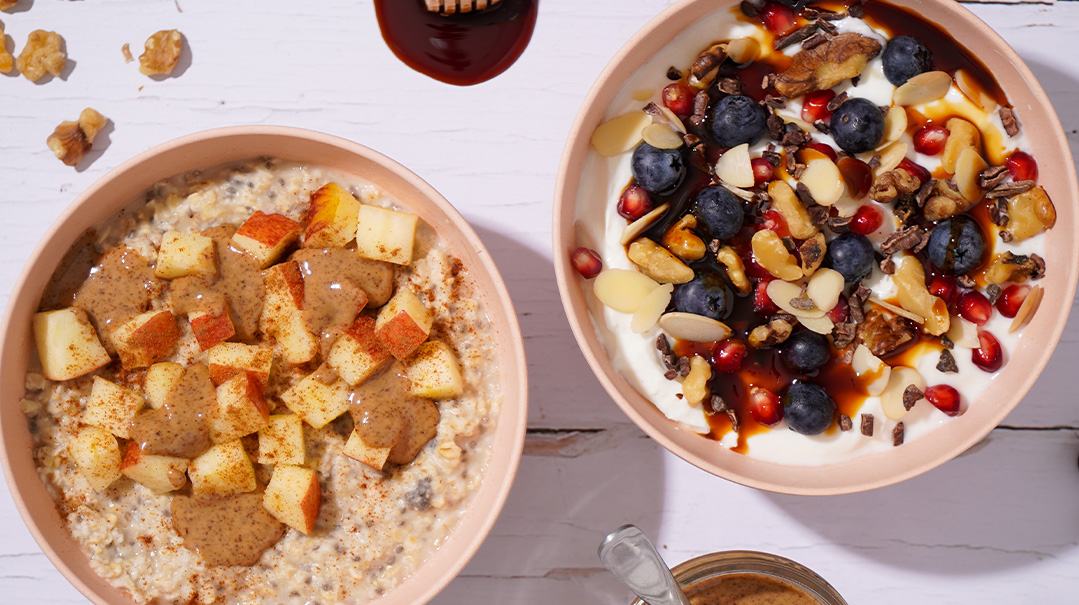Sweet Beginnings


With Yom Tov season upon us, honey’s back in the limelight. Raw unprocessed honey is a remarkable food. However, not all honey on the grocery shelf is raw. As always, the key is to be discerning when you read that label. Aside from cutting out unwanted impurities, pasteurizing and fi ltering raw honey to create a perfectly clear, free-fl owing substance robs it of its unique healing properties and transforms it into a sweetener that isn’t much higher on the nutrition totem pole than table sugar. Many producers of processed honey even add high-fructose corn syrup or sugar in order to stretch profits.
The only processing that raw honey undergoes is straining to remove beeswax and other large impurities. Raw unprocessed honey contains a wide range of nutrients valued for their health-promoting properties, including approximately 22 amino acids; 31 different minerals; enzymes; antioxidants; vitamins A, C, D, and E; and high concentrations of B vitamins such as riboflavin, thiamin, niacin, and pantothenic acid. Raw honey also contains bee pollen, which contains over 250 health-giving substances, including essential fatty acids, micronutrients, amino acids, and antioxidants.
Various studies reveal that honey may reduce blood glucose and is more tolerable than most common sugars or sweeteners. (Diabetics, however, should exercise caution and consume raw honey in moderation, as it can raise blood sugar levels.) Certain honey polyphenols have been proven to help prevent cardiovascular diseases. Studies also show that honey lowers infl ammation, which in turn lowers the “bad” LDL cholesterol while raising “good” HDL levels, and has been found to help lower blood pressure. Honey also constitutes an effective treatment for burns and other skin conditions, and it has been found to be a more effective cough suppressant than over-the-counter cough remedies for both children and adults. (Please note, though, that honey should not be consumed by children younger than one year.)
Adding garlic or ginger to raw unprocessed honey brings this healing substance to a whole new league. Garlic and ginger are packed with both flavor and healing properties. Garlic is highly nutritious, anti-viral, anti-bacterial, and anti-fungal. It boosts the immune system and protects against colds and the fl u, helps normalize blood pressure, lowers cholesterol, improves athletic performance, helps the body detoxify, improves bone health, and adds terrific flavor to our foods. Raw ginger (not its dried counterpart) is a potent anti-viral that prevents viruses from adhering to our cells and multiplying inside our bodies. Eating raw ginger, particularly ginger juice in hot water, can lessen the duration of a virus. Raw ginger is also a nervine, so drinking fermented ginger-honey or ginger juice in hot water is chemically calming and relaxing. Fermenting these two nutritional superstars in raw honey draws out even more powerful medicinal properties.
While fermenting, the garlic and ginger release liquids that wake up the natural yeast in the raw honey. As the mixture sits, the garlic and ginger become soft, the honey becomes infused with tangy pungent flavor, and the healing properties become significantly magnified, with the list growing to include active probiotics, thanks to the natural yeast that thrives in the mixture. Fermented garlic- or ginger-honey are total taste bud sensations. Some with brave palates eat one fermented garlic clove every day straight out of the jar, but for now, I stick to slathering the garlic-honey mixture over chicken, meat, and vegetables. The ginger-honey mixture is also delicious in cooking, as a sweetener for teas, or on its own with hot water as a soothing warm drink that eases digestion and nausea. And it’s laughably easy to make. Simply place two cups of raw honey in a mason jar. Add either one cup of garlic cloves or one cup of mandoline-sliced fresh ginger. Cover the jar and leave it out on the counter or in a cabinet for two to four weeks. Shake the jar once a day.
When the honey is completely liquidy and starts to smell sour, almost like pickles, it’s time to either use your mixture or refrigerate it so that it doesn’t become alcoholic. The fermented mixture can stay in your fridge for months. For fermentation, raw unprocessed honey is the only option; only honey that hasn’t undergone pasteurization will still contain natural yeasts. Why not derive maximum benefit from all that sweetness? Once it lands a spot in your pantry, you might find yourself incorporating raw unprocessed honey into your family’s favorite treats, too! If you do purchase processed honey this Yom Tov, check for a kosher for Passover certification to be sure that there are no corn syrup or sugar additives lurking beyond the cute bumblebee on the label. Whoever thought honey had so much potential? Here’s to a sweet new year that draws out the best in you,
Rorie
RORIE RECOMMENDS: Raw Honey by Y.S. Eco Bee Farms Because of its even effect on blood sugar and its astounding health-promoting properties, raw unprocessed honey is my goto sweetener (after fruit!) in baking, marinades, and the occasional salad dressing. Y.S. Eco Bee Farms Raw Honey is unfiltered, unpasteurized, light in color, mild in flavor, and certified kosher by cRc. Available on Amazon.
(Originally featured in FamilyTable, Issue 660)
Click below for Full N' Free Recipe
Oops! We could not locate your form.





